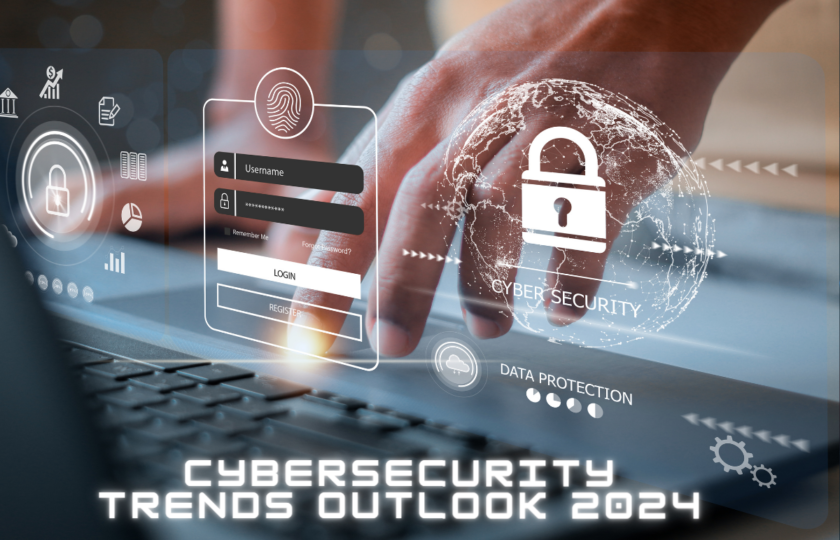Table of Contents
Optimize Resource Utilization (30% Cost Savings)
One of the most effective ways to reduce Kubernetes management costs is by optimizing resource utilization. This involves ensuring that resources are being used efficiently and that there is no unnecessary resource waste. Here are some tips for optimizing resource utilization.
Strategies for Optimizing Resource Utilization
Utilize Resource Requests and Limits
Resource requests and limits play a crucial role in ensuring efficient resource allocation and preventing resource contention. By setting appropriate requests and limits, you can optimize resource usage and prevent overprovisioning, leading to reduced costs.
Leverage Node-Level Resource Allocations
Node-level resource allocation enables efficient resource allocation at the node level rather than the pod level. This approach significantly reduces resource waste by allowing multiple pods to share nodes instead of each pod having its dedicated resources.
Implement Horizontal Pod Autoscaling (HPA)
Horizontal pod autoscaling (HPA) automatically scales the number of pods based on demand, ensuring that resources are being used efficiently and preventing overprovisioning. By using HPA, you can dynamically adjust resource allocation based on workload requirements, optimizing resource utilization and reducing costs.
Resource Cleanup Policy Implementation (15% Cost Savings)
A well-defined resource cleanup policy helps eliminate unused resources from your Kubernetes clusters, preventing unnecessary resource consumption and associated costs. By regularly removing unused resources, you can optimize resource utilization and reduce overall Kubernetes management expenses.
Strategies for Resource Cleanup
Utilize a Garbage Collector
A garbage collector automates the removal of unused resources from your Kubernetes cluster based on predefined criteria, such as age or usage frequency. Implementing a garbage collector significantly reduces the manual effort required for resource cleanup and lowers Kubernetes management costs.
Implement Image Pruning
Image pruning automatically removes unused images from your Kubernetes cluster based on predefined criteria, such as age or usage frequency. By pruning unused images, you can significantly reduce the storage required for images and lower Kubernetes management costs.
Implement Storage Volume Pruning
Storage volume pruning automatically removes unused storage volumes from your Kubernetes cluster based on predefined criteria, such as age or usage frequency. By pruning unused storage volumes, you can significantly reduce the storage required for volumes and lower Kubernetes management costs.
Implement a Resource Allocation Policy (20% Cost Savings)
A resource allocation policy ensures that resources are being allocated efficiently based on workload requirements and priorities, preventing overprovisioning and underprovisioning. By implementing a resource allocation policy, you can optimize resource utilization, reduce costs, and improve overall cluster performance.
Strategies for Resource Allocation:
Utilize Node Labels
Node labels allow you to label nodes based on their characteristics, such as CPU or memory capacity. By using node labels, you can ensure that workloads are being allocated to nodes with the appropriate resources, preventing overprovisioning and underprovisioning.
Implement Pod Priority Classes
Pod priority classes allow you to prioritize workloads based on their importance and resource requirements. By using pod priority classes, you can ensure that critical workloads are allocated resources before less critical workloads, preventing resource contention and improving overall performance and reliability.
Utilize Resource Quotas
Resource quotas enable you to set limits on the amount of resources that can be consumed by a namespace or user account. By using resource quotas, you can prevent overprovisioning and ensure that resources are being used efficiently across your organization.
Implement a Security Policy (10% Cost Savings)
Another effective way to reduce Kubernetes management costs is by implementing a security policy. This involves ensuring that your Kubernetes cluster is secure and that unnecessary security measures are not being implemented unnecessarily. Here are some tips for implementing a security policy.
Strategies for Security Policy
Use network policies
Network policies allow you to control network traffic between pods and services based on predefined criteria, such as source IP addresses or destination ports. By using network policies, you can ensure that network traffic is being secured efficiently without unnecessary overheads or complexity.
Use role-based access control (RBAC)
RBAC allows you to grant access to resources based on predefined roles and permissions, preventing unnecessary access controls from being implemented unnecessarily. By using RBAC, you can ensure that access controls are being implemented efficiently without unnecessary overheads or complexity.
Use encryption at rest and in transit
Encryption at rest and in transit ensures that data is being secured efficiently without unnecessary overheads or complexity. By using encryption at rest and in transit, you can ensure that data is being protected against unauthorized access while reducing the amount of manual configuration required for security measures.
Implement a Monitoring Policy (5% Cost Savings)
Another effective way to reduce Kubernetes management costs is by implementing a monitoring policy. This involves ensuring that your Kubernetes cluster is being monitored efficiently without unnecessary overheads or complexity. Here are some tips for implementing a monitoring policy.
Strategies for Monitoring Policy
Use Prometheus
Prometheus is an open-source monitoring system designed specifically for containerized environments like Kubernetes clusters. By using Prometheus, you can ensure that your cluster is being monitored efficiently without unnecessary overheads or complexity while reducing the amount of manual configuration required for monitoring measures.
Use Grafana
Grafana is an open-source visualization tool designed specifically for Prometheus data visualization purposes in containerized environments like Kubernetes clusters. By using Grafana, you can ensure that your cluster is being monitored efficiently without unnecessary overheads or complexity while reducing the amount of manual configuration required for monitoring measures.
Use Alertmanager
Alertmanager is an open-source alerting tool designed specifically for Prometheus data alerting purposes in containerized environments like Kubernetes clusters. By using Alertmanager, you can ensure that your cluster is being monitored efficiently without unnecessary overheads or complexity while reducing the amount of manual configuration required for monitoring measures.
Implement a Backup Policy (5% Cost Savings)
Another effective way to reduce Kubernetes management costs is by implementing a backup policy. This involves ensuring that your cluster is being backed up efficiently without unnecessary overheads or complexity while reducing the amount of manual configuration required for backup measures.
Strategies for Backup Policy
Use Persistent Volumes (PVs)
PVs allow you to create persistent storage volumes for your workloads while ensuring that they are backed up automatically as part of the backup process without requiring manual configuration or overheads for backup measures. By using PVs, you can ensure that your workloads are being backed up efficiently without unnecessary overheads or complexity while reducing the amount of manual configuration required for backup measures.
Define Backup Frequency
Establish a clear schedule for backups based on your data’s volatility and importance. Regularly updated backups ensure data resilience in the face of unforeseen events.
Implement Incremental Backups
Optimize storage usage by adopting incremental backups. Only new or modified data is backed up, reducing redundancy and speeding up the backup process.
Automate Backup Procedures
Integrate automation tools to streamline the backup process. Automation ensures consistency, reduces the risk of errors, and facilitates timely backups without manual intervention.
Store Backups Offsite
Enhance disaster recovery preparedness by storing backups in an offsite location. In case of infrastructure failures or other disasters, offsite backups provide an additional layer of protection.
Conclusion
In a nutshell, effective Kubernetes management is more than just deployment—it’s a symphony of strategies for efficiency and savings. Optimize resources, implement cleanup, allocate wisely, bolster security, monitor smartly, and safeguard data with a robust backup policy. In the world of Kubernetes, mastering these strategies ensures not just cost-effectiveness but a resilient and streamlined environment.




